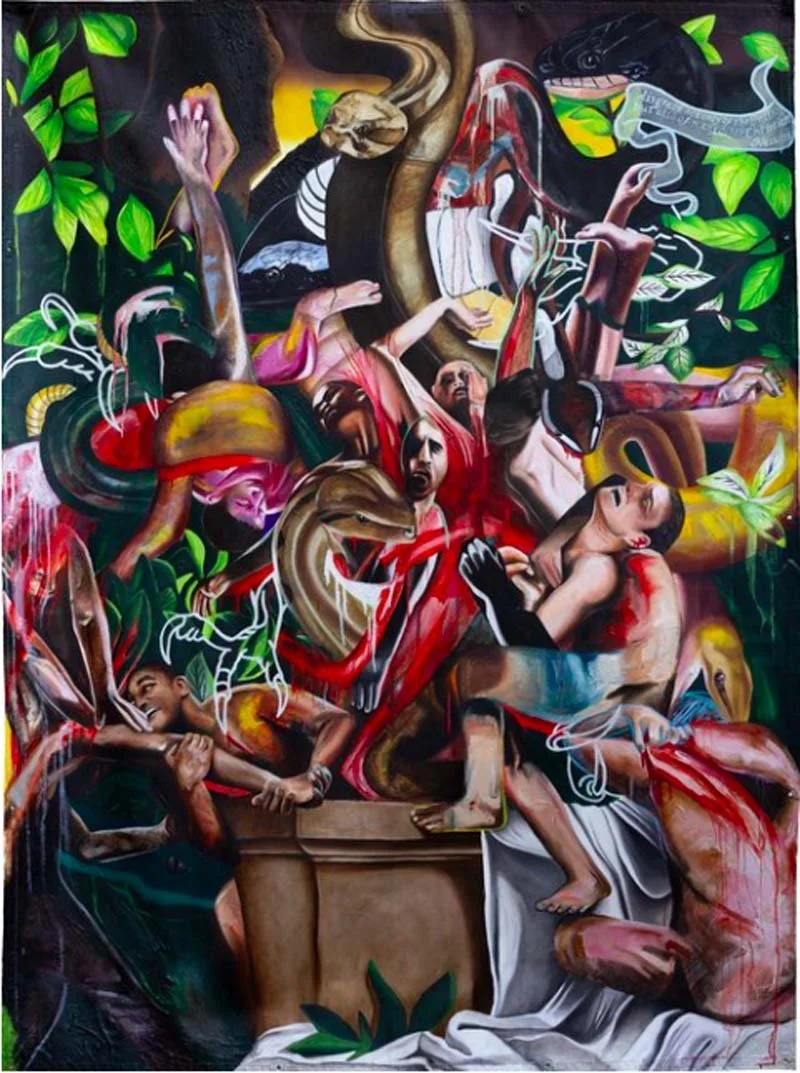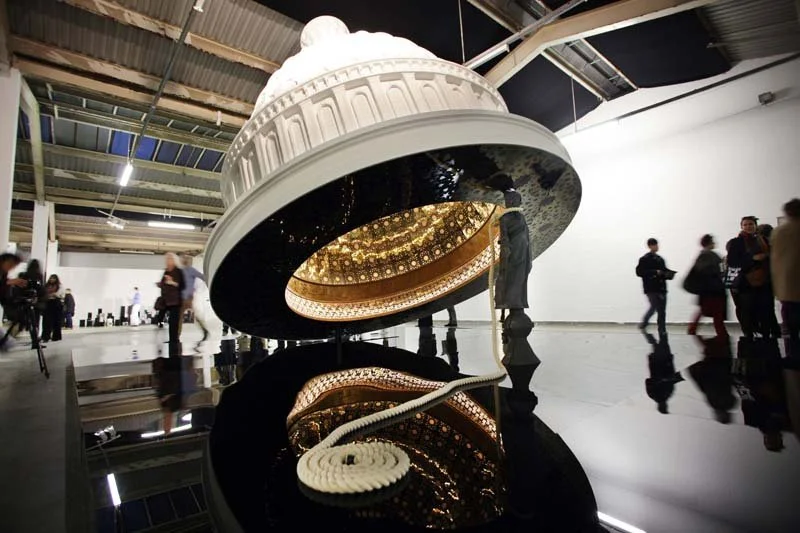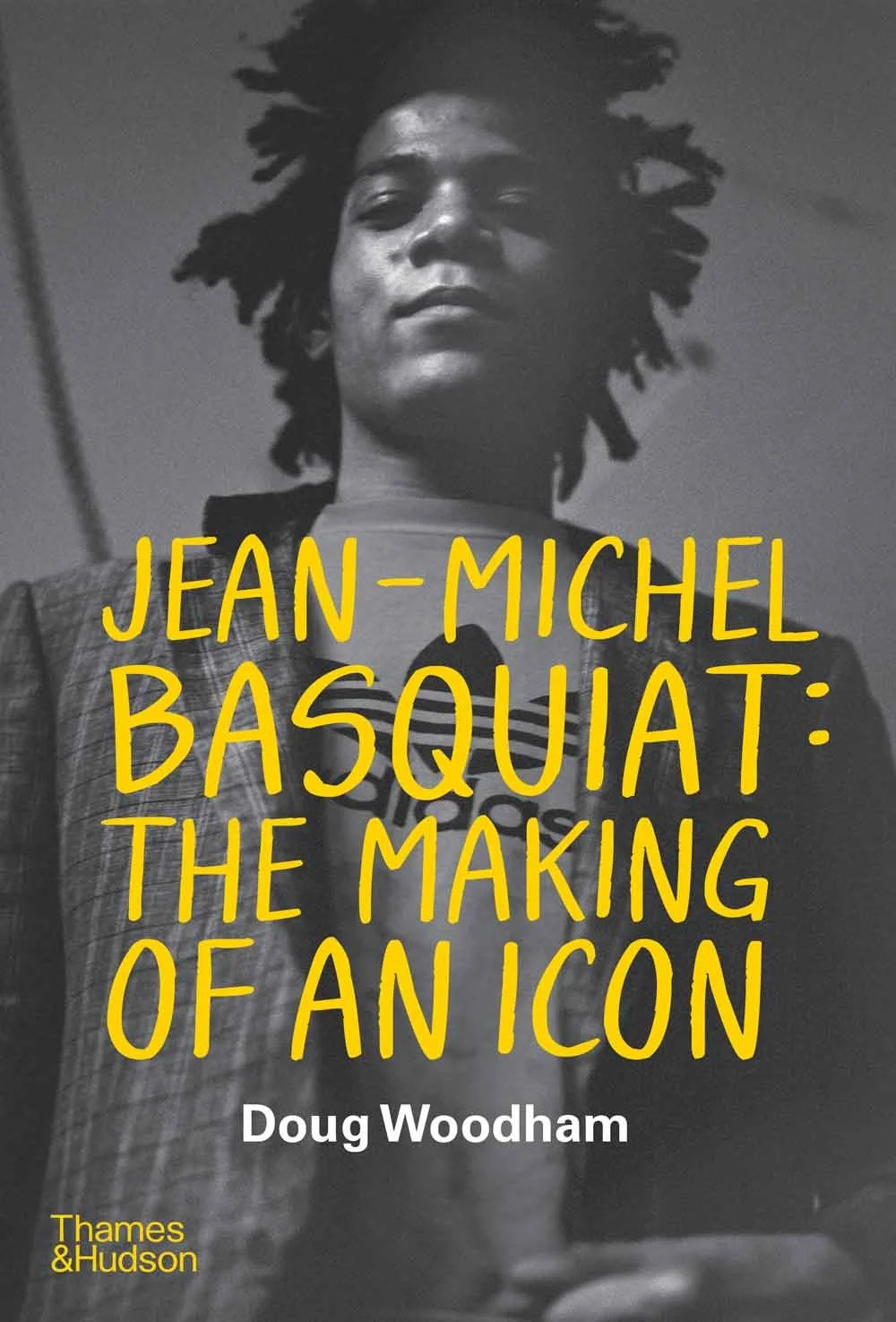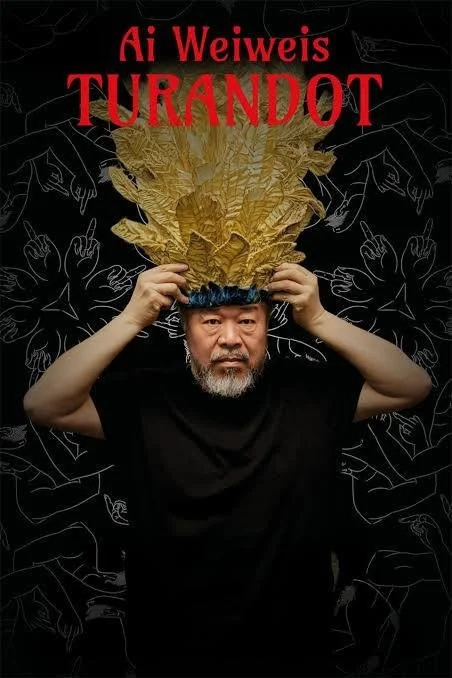Jeff Musser is a narrative figurative painter whose work centers on portraiture and personal storytelling. After earning his degree from The School of the Art Institute of Chicago, he briefly worked in advertising before leaving to pursue painting full-time. Trading creative burnout for financial uncertainty, he supported his practice through part-time jobs and public assistance. Despite early challenges, this period cemented his commitment to art. Over the years, Musser’s style has evolved, but his dedication to emotionally resonant, human-centered work remains constant. @jeff.musser.art
Where were you born and raised? How did it influence your art and your thinking about the world? I was born and raised in Sacramento California. My parents were not artists or educated about contemporary art, but they appreciated it, and saw my love for it and encouraged me to pursuit. Everything I do as an artist is a tribute to their love.
When did you first fall in love with art and realize you wanted to be an artist? What was it about narrative figuration that first drew you in? I was probably 12 or 13, enrolled in beginning art class when I was as a freshman in high school. The teacher, who I still talk to by the way, asked me to stay after class the same day I started. She brought out a few of my drawings I turned in for the days assignment and asked me point blank, “Did you do these?” I said, “Of course.” She paused with this puzzled look on her face, then she furrowed her eyebrows and said, “Draw these two again from scratch. I will give you five minutes.” I sat at a desk, recreated the drawings, with time to spare and returned them to her. She looked at them, looked at me, then looked at the drawings again. “Ok tomorrow don’t come to this class and go see this advisor. I am going to put you in my advanced class. Don’t worry about the scheduling, we will fix that.” As I left that classroom, I knew that I was going to be an artist. I didn’t yet know how or what kind of artist I was going to be, but I just knew. As far as the importance of the arts, I just can’t imagine life being bearable without them.
What does your typical day in the studio look like? What’s on your table? What you’re reaching for most often? After I have finished my morning routine of meditation, coffee, and emails, I turn off the Wi-Fi on my phone, put on music or a lecture or a podcast in the background, and I paint for a solid, uninterrupted two hours. Unless it’s an emergency, I don’t answer my phone or even answer the door. It’s my time to work. Once the two hours are up, I take a thirty-minute break and I completely step away from the studio. I will take a walk, watch something on Netflix, stretch, answer emails, etc. Once the thirty-minute alarm goes off, I go back for another two hours and repeat the process. A twelve-to-fourteen-hour studio day is much more manageable and productive if I break up into smaller chunks.
I have been toying with the idea of expanding into other mediums, but oil painting is my first love. There is just something about painting in oils. Part of it is my love of the materials themselves. I just love the smell of oil paint. When you open a tube of good quality oil paint like a cobalt blue or cadmium red, it just smells good. Serious oil painters know what I’m talking about. I can even close my eyes, hold an open tube up to my nose, and tell you if the paint is earth or metal based.
I also prefer oils because of the time aspect. The way I paint takes time; the layers of glazes and colors need to dry before I can move onto the next stage. This process allows me to slow down and really appreciate what I’m doing. I’m not on my phone, I’m not checking emails, I’m not too concerned about what’s going on outside, I’m in my zone and I’m focused. I’m not sure I could be that focused if my medium was reliant upon technology and software updates; mediums like animated gifs, video art, animation, or even film. The basics of oil painting haven’t changed in hundreds of years and I like that.
What projects are you at work on at the moment? And what themes or ideas are currently driving your work? My current body of work aims is to examine the construct of race from two vantage points. One aspect falls loosely into the category of history painting. For example, the painting titled “We Did Not Exist Before 1681” questions how the term white first appeared in early 17th century Colonial Maryland. The second aspect investigates the many ways race has affected my family. The painting titled “Undesirable, Swarthy Swede in 1817: Proud White Southerner in 1860” asks what was lost when my father’s side of the family morphed from being not the right kind of white in 1817, to fighting proudly for the Confederacy in a single generation. I also examine how that shift created a schism between the many sides of my family, particularly the Native American side, who were not considered white. Finally I scrutinize how being viewed as white has affected my personal outlook on the world.
When someone stands in front of one of your works, what kind of emotional space do you hope opens up for them? One of my goals with this work is to introduce and organize constructive, uncomfortable critiques within the art community and beyond around the subject of systematic racism. So many Americans, usually in my experience White Americans, have a REALLY difficult time with the subject of race or racism or white supremacy etc. That’s one of the many ways racism has affected us as a whole, it’s given us the ability to walk through life, mostly ignorant as to HOW we are able to walk so carelessly through life, never having to think about our skin color. That’s not the reality for non-white people. A good first step is to just get the conversation going in my white peer group, either in real life, or inside the viewers head about how they think about race or how being white affects the way they move through life. If done right, art in any form has the ability to cut through all the layers of bullshit that we put around ourselves and grab us by the jugular. It can force us to pay attention to something that is right in front of us that we either can’t, or don’t want to see.
Art is a very powerful tool for change, but I’m not so idealistic to think that a painting I make will change policy. Maybe there are other artists who are that powerful, but I’m not. At least not now. I have not yet solved that part of the equation. I go through serious bouts of depression…to the point that I feel like I have totally wasted my life being an artist, especially around the subject matter that I am dealing with. But for anything to change, the problem must be faced, and America at large doesn’t like to acknowledge that there is a problem. I do think that seeing another way forward with art is helpful. Showing people possibilities or different ways of being can be helpful. Art can show people that you don’t have to be a prisoner of this system. The first step is painful, and that pain will be with you for a while, but just on the other side of that pain is where the gold is. Your full humanity awaits you on the other side. And the journey is worth it. Maybe that’s how art can contribute, it can make the journey a bit easier.
If you could sit down with any artist from history—even for an hour—who would you choose, and why? There are so many, but I do have a “Top List.” Number one on the dead list would be Caravaggio. The alive list is trickier It might be a 3-way tie between, Kerry James Marshall, Jenny Saville, & Odd Nerdrum.
Your work draws deeply on cultural memory and the arts. How do you navigate your inspirations from other disciplines or traditions while remaining true to your own intuitive visual language? I draw inspiration from history, politics, and other artists. My first love is painting, so I am always on the lookout for painters that are doing interesting things. Sometimes I learn about people that are so good, it makes me want to give up! Kat Olschbaur and Titus Kaphar are good examples. Why even bother picking up a brush when these two young gods are walking among us?!But other disciplines energize me as well. The sculptures of Cai Guo Qian are mind blowing…I would love to make work on that scale someday.
A great thing about living in my city/town is…
the camaraderie among artists.
Can you describe a project that challenged you creatively or emotionally? Aside from the exploring the history of how the definitions of race have changed over time, I make work scrutinizing how being viewed as white has affected my personal outlook on the world. In order to make honest work about the topic of whiteness, I knew I would have to go inward to ask some serious, uncomfortable questions. One of those questions stemmed from an event in 1993. My friend Nathaniel was stopped and harassed by a police officer for walking down a particular street wearing a hoodie. When Nathaniel told me about the incident, I dismissed him. “You must have done SOMETHING…police don’t stop people for no reason.” I will never forget the look on his face when he said, “I can’t believe you just that to me! I didn’t do anything; I was just walking to Dave’s house. This happens weekly for me!” The pain and anger on his face was so intense, it frightened me. I had never seen him so enraged. Even when we got into the typical chest thumping teenage fights during high school, the anger I saw in him was only there to survive that particular moment. We knew that our teachers would intervene soon. Whatever fury was needed to get through it, that fury would subside. But as he stood there shaking in his San Francisco 49’s hoodie, it wasn’t just pain I saw, it was what I now recognize as betrayal. All he wanted in that moment was for me to believe him, to listen to him, and perhaps acknowledge his pain.
Unfortunately, I didn’t know how. He was Black, and I was raised in a White household, unequipped to see the world from a perspective other than my own. “Whatever. You should try walking to Dave’s house sometime, let me drive your car for a few days” he said with a smile. “Yeah right,” I replied. We laughed and life went on, but our friendship was never the same. We never talked about the incident again, and I could feel a shift in our relationship, like he never fully trusted me after that. Had I known he would be dead just a few years later, I would have told him how sorry I was for not believing him. I would have told him how much I loved him.
The drawing titled “I Can’t Risk Drowning For You” explores the question of why I did not believe Nathaniel. Despite our deep friendship, despite all that we had endured, why did I automatically assume Nathaniel had done SOMETHING that caused the police officer to question him.
Who have been some of the most important teachers in your creative life, and what have they taught you? My high school art teacher I mentioned above was a great guide during my early years as an artist. She was a very successful commercial photographer in New York during the 1980s and told me that art could indeed be viable career. She told me it would be very challenging, but if I wanted to make being an artist my life, I could do it. I don’t know if art schools still have open portfolio days for prospective students, but she took me to my first one right after I graduated high school. It was very intimidating, but she told me how to navigate the process, how to handle feedback, and what sort of questions I should ask.
Can you share a memory or reflection about the beauty and wonder of the natural world? Does being in nature inspire your art? Camping trips deep in the forest with no phone service or even working toilets is essential to my artistic practice. I go at least once a year to an isolated, off the grid lake, high in the mountains of Northern California for 3-4 days. I also make time to be near the ocean once a year as well. I always go to nature to recharge after an intense project. Even quick fishing trips in town give me a boost.
AI is changing everything - the way we see the world, creativity, art, our ideas of beauty and the way we communicate with each other and our imaginations. What does painting by hand offer that can’t be replicated? I am apprehensive about the way AI is presently used and will be used in the future, particularly by the few with power to cut artists out of the creative equation. Those in power always say it will save people time so they can pursue their passion but watch how the people with power behave in public or what they say during shareholder meetings. It’s always about the bottom line, cutting costs to the bone, aka eliminating jobs, all so they can have more money. The technology behind AI programs is interesting, and there will be some artists who find unique ways to use it, but overall, I am not a fan.
Exploring ideas, art and the creative process connects me to…
things bigger than myself.




















































































